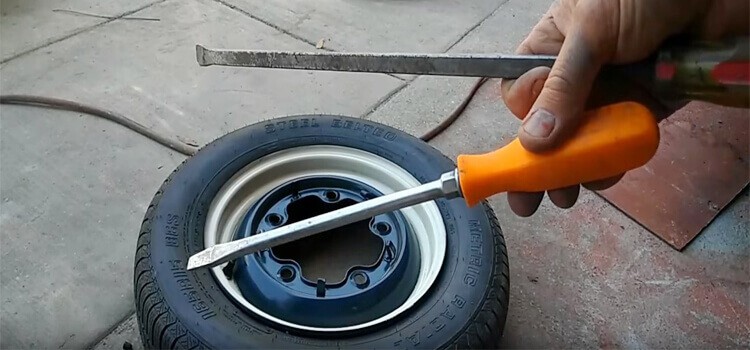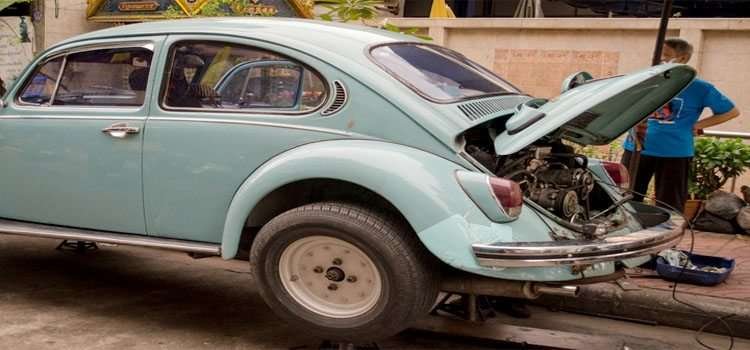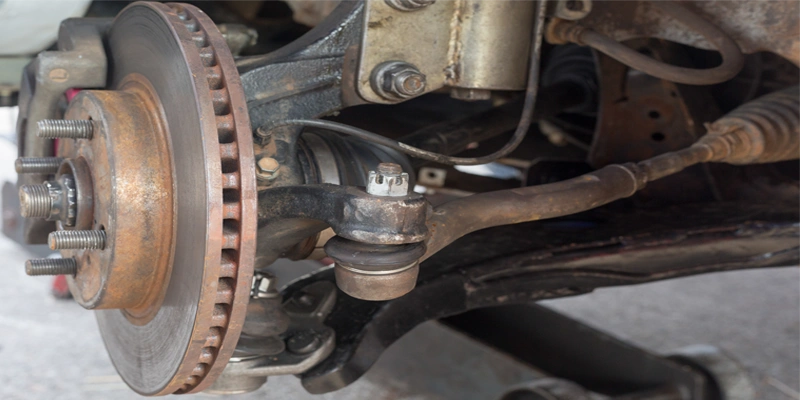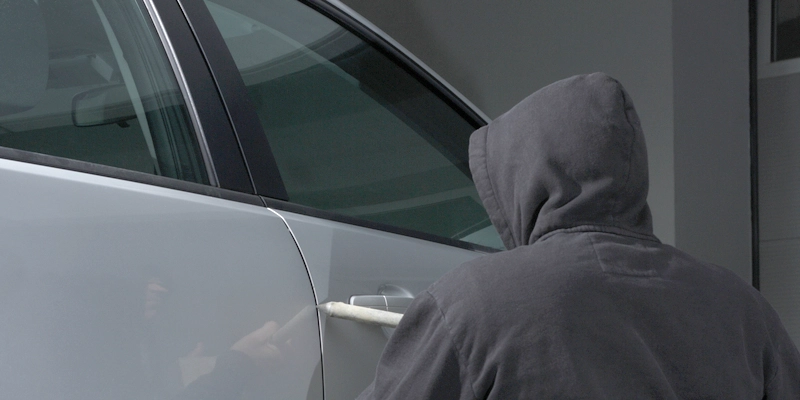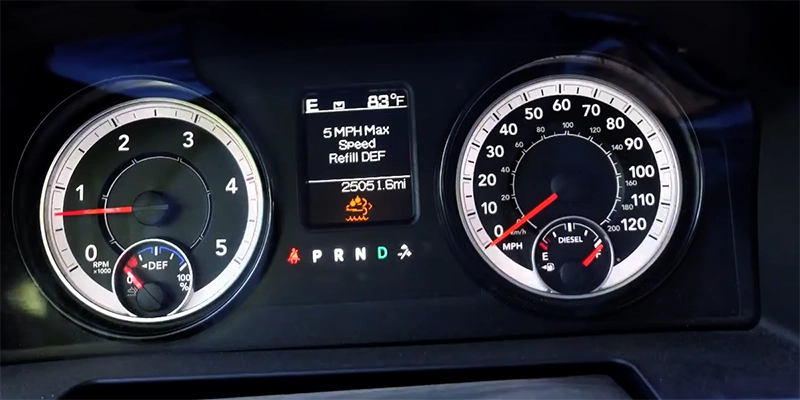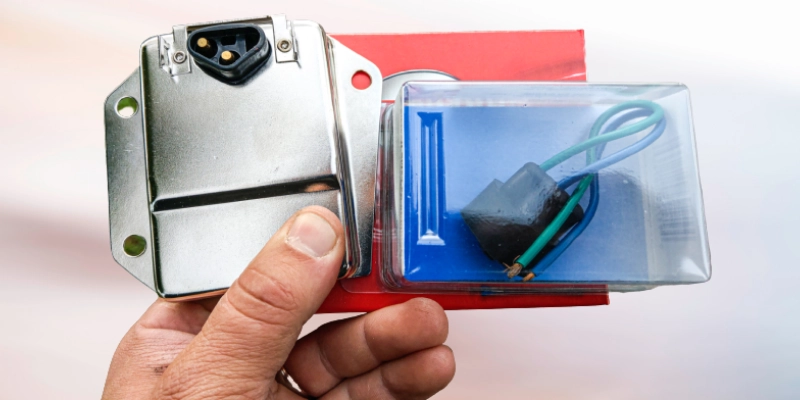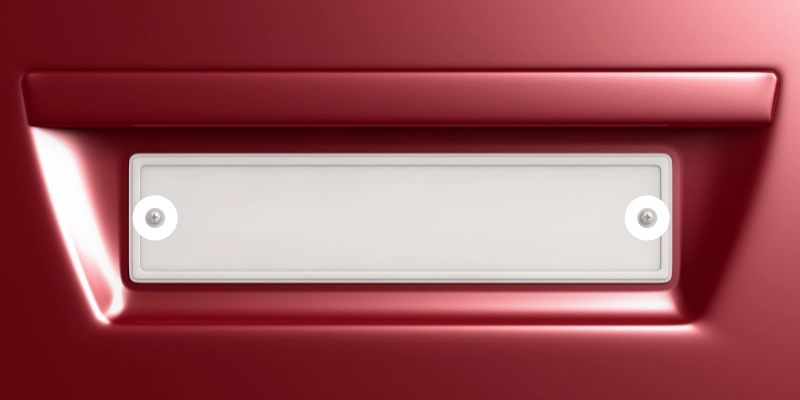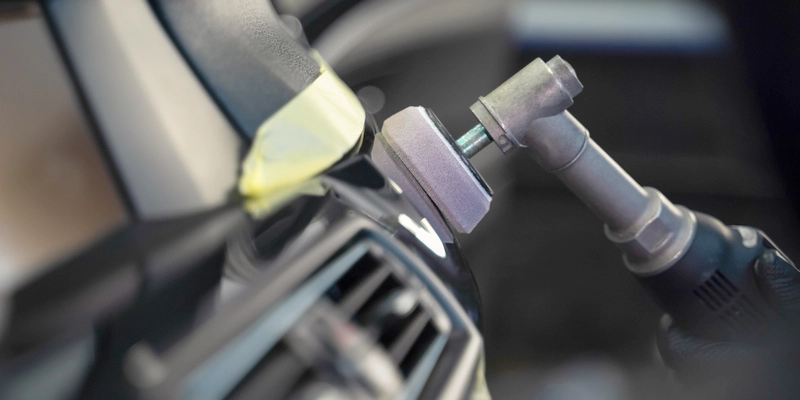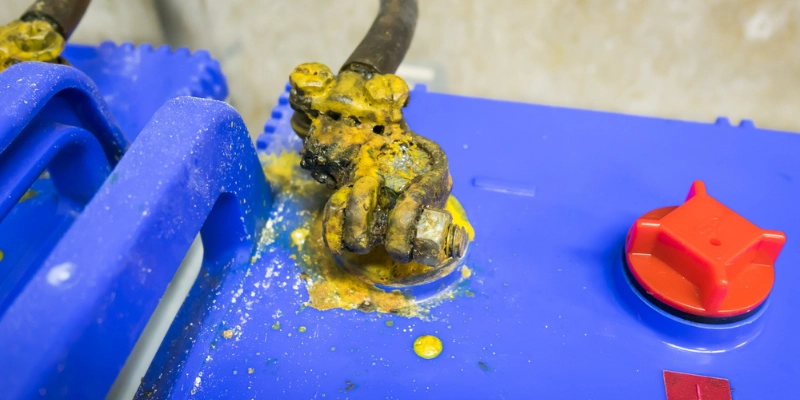The catalytic converter, popularly known in the mechanic workshop by numerous names, including cat, heart, and so on, is not a new technology in the motor vehicle world.
This helps dissolve, clean, and remove emissions (burnt fuel) through the vehicle’s exhaust pipe by using chemical reactions with precious metals.
It gained its nickname because it is a hot cake in the black market world.
Thus, car owners need to be careful while visiting a mechanic workshop for exhaust-related issues. With this knowledge, there is a great need to know how much catalytic converter replacement costs, pros, and cons.
The catalytic converter is of paramount importance in a motor vehicle as it cleans and removes emissions from the exhaust channel and helps prevent too much fuel combustion in the internal combustion engine.
In other words, it’s an excellent tool for fuel economy, for the proper and effective fuel consumption management in a vehicle.
This device is also of great importance to human health as it helps filter the harmful (emission) carbon monoxide and sends out a less toxic gas through the exhaust pipe into the atmosphere.
Working Principles of an Internal Combustion Engine with the Catalytic Converter
Four stages go on in seconds to keep the engine running in a motor vehicle.
- The first stage injects a highly pressured air-fuel mixture into the combustion chamber by the injector for modern motor vehicles or carburetor for old-fashioned motor vehicles.
- The second stage is compression by the moving pistons (up and down movements) to get it to a red-hot level, ready to be ignited by a spark.
- The third stage is the spark from the spark plug, which produces the needed power.
- The final stage is the exhaust. This stage is where the catalytic converter comes in.
As stated above, catalytic converter changes (filters) harmful emissions coming out from the combustion chamber, which, if allowed into the atmosphere directly, cause a lot of harm to the human body, and environment and cause the greenhouse effect in the long run.
The catalytic converter filters these dangerous gases through a chemical reaction with the aid of precious metals like rhodium, platinum, and palladium, into lesser harmful gases and water vapor.
This is why water vapor is commonly observed dripping the exhaust of modern vehicles.
The interior structure of the catalytic converter is mainly filled with a honeycomb structure in which a coating is applied. This coating contains a catalyst that aids the chemical reactions.
For everything created, there is an expiry date. So it is for a catalytic converter.
It is worth noting that a bad catalytic converter needs replacement, but how much precisely is involved? Pros and cons are what will be discussed in detail.
But first, a quick look at how to identify or detect a bad catalytic converter.
Symptoms of a Bad Catalytic Converter
Every vehicle component system notifies the driver before it fails. Catalytic is no exception.
Here are the symptoms you should watch out for that indicates you have a bad catalytic converter.
Bad fuel economy
Once the CAT airway is blocked or clogged, it leads to inadequate or poor fuel economy. This is because the exhaust system pressure increases, thus forcing the engine to burn more fuel to perform as before.
This is the most notable as it involves spending extra cash by the vehicle user. The vehicle user feels the direct impact and immediately seeks help from a mechanic because no one wants to spend unnecessarily.
Rotten egg smell
The byproducts of used-up fuel are mostly sulfur and other gases like carbon monoxide. Sulfur often smells like a rotten egg.
So if the cat is bad and no longer breaks and filters out these gases before sending it through the exhaust pipe, standing just outside the vehicle near the exhaust, one can perceive this smell.
Check engine light
As the vehicle users notice the high rate of fuel consumption, the next noticeable thing is the check engine light. The oxygen sensors, whose work is to notify the vehicle’s computer when there is the presence of unburned oxygen in the vehicle exhaust system, will do their work, and in turn, the computer turns on the check engine light.
Restricted movement due to poor engine performance
The vehicle user will discover that the distance covered initially is lesser when the cat is faulty.
There will no longer be direct proportionality between the gas pedal (throttle) and the vehicle’s speed.
The vehicle tends to move slower even when stepping on the gas pedal with both feet.
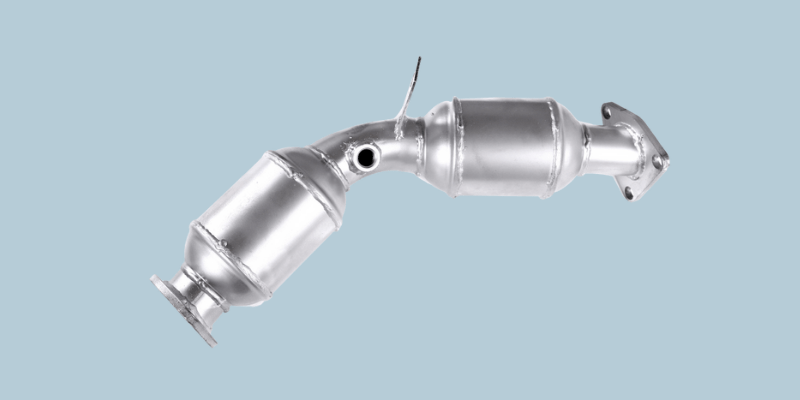
Replacement of Catalytic Converter Cost
With the benefits of a catalytic converter above, it is expected that a device that offers such benefits should be at least moderately expensive.
However, the labor may not cost much because the cat is located just after the exhaust manifold underneath the vehicle and may not necessarily be much work if the mechanic knows his onions.
Although this may not be the case in every mechanic workshop individuals differ.
The cost of replacing a catalytic converter depends on a few things, including the type of cat, the vehicle type and model, and the location.
But in general, it is pretty expensive. The average cost of cat replacement ranges from 100 dollars to 2500 dollars currently. This includes the cat and labor costs.
Unique cars with dual exhausts will be more expensive than just regular single-exhaust vehicles.
It is also important to note the cost of CAT also differs from brand-new, remanufactured, or even second-hand CAT. But one needs to be careful before buying these second-hand.
Although they are less expensive but may attract the police, they may be stolen since the cat is a hot cake on the black market. The second-hand cat’s average cost is between 80-900 dollars depending on the vehicle type and model.
Toyota Tacoma’s cat costs between 158 – 1900 dollars, whereas BMW X5 costs 208 – 2441 dollars, while the labor cost is about 150 – 250 dollars and 95 – 285 dollars, respectively.
Pros
- Replacing a cat though expensive gives the motorist a sweet and almost soundless driving experience.
- It reduces the vibration of the car and enhances stability.
Cons
- The entire cat may be damaged if the replacement was done by a mechanic without adequate knowledge of replacing it.
- If not replaced with the right parts, vehicle users can’t enjoy the functionality of the cat as compared to a factory-fitted cat.
FAQs
Can I clean the catalytic converter?
Can I drive my car with a bad cat?
How long does a cat last?
Why is a cat so expensive to replace?
Does any law make it mandatory to change a bad catalytic converter?
Final words
There is no need to change a bad catalytic converter of an old vehicle; instead, remove it entirely and weld the casing or housing back.
This is because the catalytic converter replacement cost is expensive. To waste such money on an old vehicle is not worth it. But if it is a new vehicle, then there is every need to fix it.
Don’t try this yourself if you don’t have the basic technical know-how and proper tools to use. Avoid touching a hot exhaust pipe with bare hands.
Read Also: Ford F150 Catalytic Converter Scrap Price

